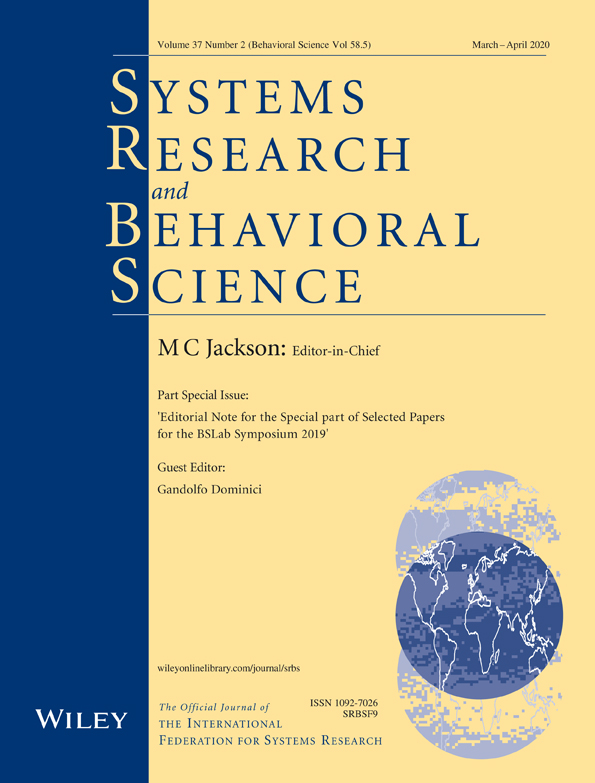Ver ítem
- xmlui.general.dspace_homeCentros Regionales y EEAsCentro Regional Buenos Aires SurEEA BordenaveArtículos científicosxmlui.ArtifactBrowser.ItemViewer.trail
- Inicio
- Centros Regionales y EEAs
- Centro Regional Buenos Aires Sur
- EEA Bordenave
- Artículos científicos
- Ver ítem
An innovation path in Argentinean cow–calf operations: Insights from participatory farm system modelling
Resumen
The information of how the high climatic variability in the south‐west Buenos Aires Province (SWBS) region, Argentina, impacts on existing cow–calf operations is needed. This research uses a combination of quantitative (modelling) and qualitative (workshops) methodologies. The objective was to assess, under interannual climate variability, the productive and economic performance and greenhouse gas emissions and the marginal value of additional feed of
[ver mas...]
The information of how the high climatic variability in the south‐west Buenos Aires Province (SWBS) region, Argentina, impacts on existing cow–calf operations is needed. This research uses a combination of quantitative (modelling) and qualitative (workshops) methodologies. The objective was to assess, under interannual climate variability, the productive and economic performance and greenhouse gas emissions and the marginal value of additional feed of four cow–calf systems arranged as a potential farm innovation path in the SWBS, Argentina. Modelling results showed that along this technological path where forage crops are decreased, perennial pastures are increased and anticipated weaning is included, productive and economic outcomes increased and the emission intensity decreased. How extra feeds may be used to cope with seasonal and interannual feeding was also identified. Moreover, barriers to adopt the suggested farm innovation path were identified by farmers, consultants and extensionists and strategies and their implication discussed.
[Cerrar]

Autor
Fernandez Rosso, Catalina;
Bilotto, Franco;
Lauric, Miriam Andrea;
De Leo, Geronimo;
Torres Carbonell, Carlos Alberto;
Arroqui, Mauricio A.;
Sørensen, Claus G.;
Machado, Claudio F.;
Fuente
Systems Research and Behavioral Science First published:15 April 2020
Fecha
2020-04
Editorial
Wiley
ISSN
1092-7026
1099-1743
1099-1743
Formato
pdf
Tipo de documento
artículo
Palabras Claves
Derechos de acceso
Restringido
 Excepto donde se diga explicitamente, este item se publica bajo la siguiente descripción: Creative Commons Attribution-NonCommercial-ShareAlike 2.5 Unported (CC BY-NC-SA 2.5)
Excepto donde se diga explicitamente, este item se publica bajo la siguiente descripción: Creative Commons Attribution-NonCommercial-ShareAlike 2.5 Unported (CC BY-NC-SA 2.5)

